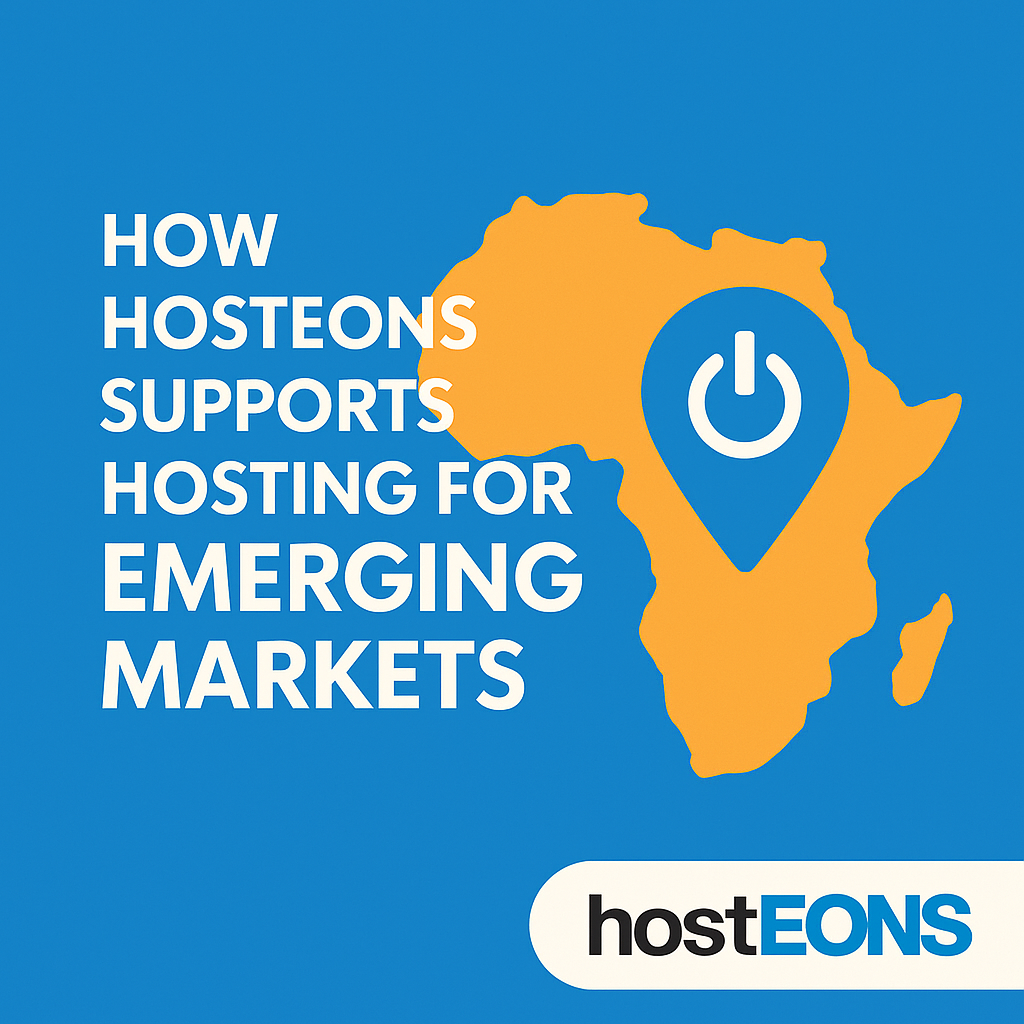
The digital economy in emerging markets is booming. From Africa and Southeast Asia to Latin America, startups and businesses are going online at an unprecedented rate. However, these regions often face unique challenges when it comes to hosting solutions: affordability, payment accessibility, reliable connectivity, and global reach.
At Hosteons, we understand these challenges and provide solutions tailored to meet the needs of businesses in emerging markets.
✅
1. Affordable VPS Hosting Without Compromise
Startups in emerging economies often operate on tight budgets. Our Budget KVM VPS plans start from just $2.99/month, providing dedicated resources, KVM virtualization, and 10Gbps ports without overselling.
👉 Explore plans:
✅
2. Global Server Locations for Low Latency
Emerging markets need fast connectivity for their local and global audiences. That’s why we provide multiple data centers in the US and Europe, ensuring minimal latency for customers in Africa, Asia, and Latin America.
✅
3. Flexible Payment Options (Including Local Methods & Crypto)
Access to international payment systems can be a challenge in some regions. Hosteons supports a wide range of payment methods, including:
- Credit & debit cards
- PayPal
- Cryptocurrency (BTC, USDT, ETH, and more)
- Digital wallets (Apple Pay, Google Pay, Amazon Pay)
- Alternative local options via our global payment gateway
This ensures businesses from anywhere can pay easily without banking barriers.
✅
4. High-Speed Network with 10Gbps Ports
Bandwidth and speed matter, especially for SaaS, e-commerce, and streaming platforms. All our VPS plans come with 10Gbps network ports, providing faster content delivery and better user experiences.
✅
5. Full Control and Scalability
With KVM virtualization, every VPS comes with full root access, allowing you to install any software stack. Start small and scale as your business grows—upgrade resources instantly from your client area.
✅
6. IPv6 Ready and Future-Proof
As IPv4 addresses become scarce, IPv6 adoption is critical. Hosteons VPS plans are fully IPv6-ready, helping businesses stay future-proof.
✅
7. Reliable Support and Knowledge Base
Emerging businesses need guidance. Our 24/7 support and extensive knowledge base ensure you never feel stuck.
Final Thoughts
Emerging markets represent the next wave of digital growth. By offering affordable VPS plans, global connectivity, flexible payment options, and cutting-edge technology, Hosteons empowers startups and businesses to succeed online—no matter where they are located.
🖥️ Start your hosting journey with Hosteons today:
